No products in the cart.
1761 Medieval Crusading Knight Shield
Following the traditional construction methods, our Medieval Shields are formed with thin (16) layers of wood, each individually shaped and pressed for durability. The compounded layers not only ads durability in comparison to a single, thicker layer, but also provides greater strength with lesser weight. Each layer is soaked and individually pressed to shape, eventually creating one solid defensive wall. We covered the heater shields in heavy cotton. Decorative rivets are set and topped off with a wood grip, closed cell foam backing covered in full grain leather, and adjustable forearm strap.
Each shield is 30″ x 22″ and weighs 5 lbs 2 oz.
USD475.00
Category: Medieval Shields
During the tumultuous years known as the Middle Ages, many great military orders were founded. The Knights Templar, the Knights Hospitaller, the Order of Saint James, the Order of Calatrava, all had their origins during the time of the Crusades. The Teutonic Knights, also known as the Order of Brothers of the German House of St Mary in Jerusalem were one such order.
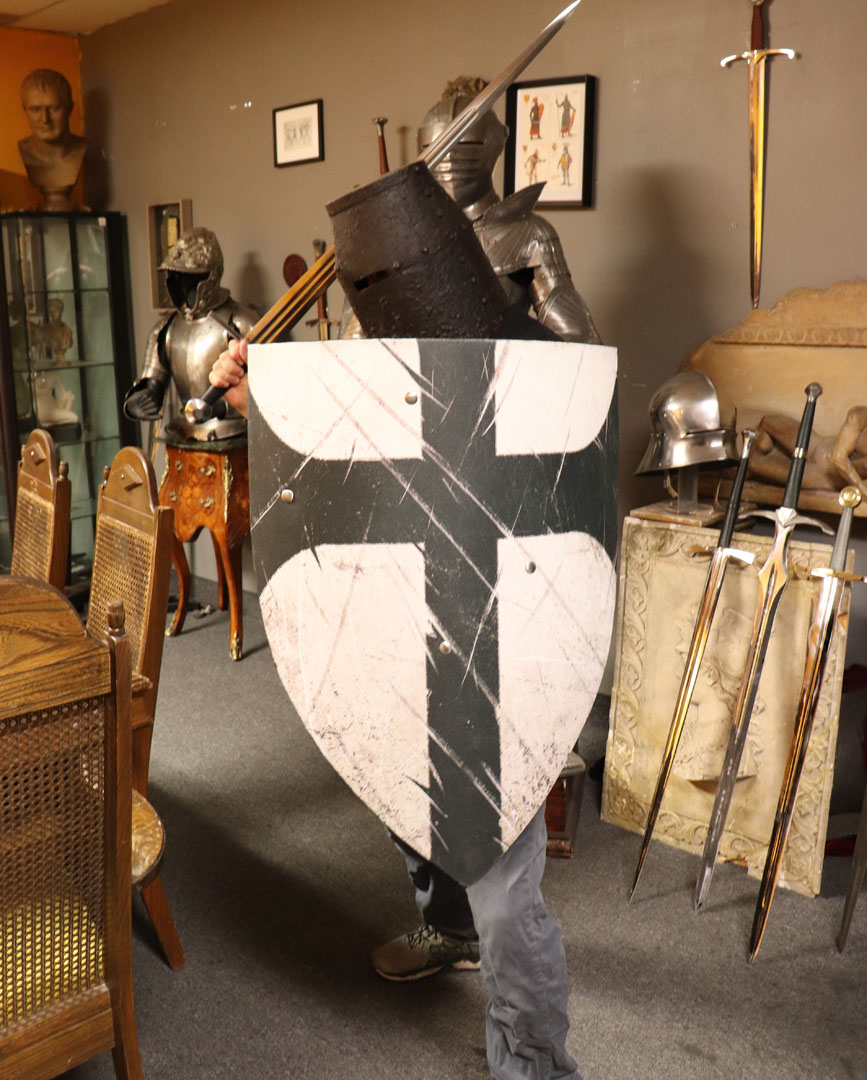 During the Crusades, one of the most pivotal battles was the Siege of Acre. Led by Guy of Jerusalem, a knight who fought against Saladin himself, the siege ended in 1191 CE with the surrender of the Islamic forces and the retreat of Saladin’s armies. It is said that King Richard himself accepted Saladin’s surrender of the city. In the aftermath of the battle, German merchants took over a hospital in order to provide care to the sick and wounded. These merchants began calling themselves the Hospital of St Mary of the German House in Jerusalem. Their work became so famous that the Pope himself granted his approval, and the order began to grow. In 1197 after the death of Henry VI of Germany, German Crusaders began to leave the Holy Land in droves. This created an unacceptable vacuum of power, and a frenzied recruiting drive was engaged in by German Nobles and clergy alike. The Hospital of St Mary of the German House in Jerusalem became the fertile soil in which a new order of crusading knights would be planted, a military and monastic order inspired by the Templars and molded into a fighting force in the Middle East. Pope Innocent III granted them the symbol of a white field and black cross upon it, and the Teutonic Knights were born.
During the Crusades, one of the most pivotal battles was the Siege of Acre. Led by Guy of Jerusalem, a knight who fought against Saladin himself, the siege ended in 1191 CE with the surrender of the Islamic forces and the retreat of Saladin’s armies. It is said that King Richard himself accepted Saladin’s surrender of the city. In the aftermath of the battle, German merchants took over a hospital in order to provide care to the sick and wounded. These merchants began calling themselves the Hospital of St Mary of the German House in Jerusalem. Their work became so famous that the Pope himself granted his approval, and the order began to grow. In 1197 after the death of Henry VI of Germany, German Crusaders began to leave the Holy Land in droves. This created an unacceptable vacuum of power, and a frenzied recruiting drive was engaged in by German Nobles and clergy alike. The Hospital of St Mary of the German House in Jerusalem became the fertile soil in which a new order of crusading knights would be planted, a military and monastic order inspired by the Templars and molded into a fighting force in the Middle East. Pope Innocent III granted them the symbol of a white field and black cross upon it, and the Teutonic Knights were born.
The Teutonic Knights were heavily active in the Middle East over the next century, but as they had been granted lands and titles in Europe to help establish their power their focus quickly shifted towards expanding those territories. The Teutonic Knights were granted significant autonomy to invade and conquer swaths of Europe in order to convert pagan people to Christianity, and they took up this cause with gusto. The Teutonic Knights would fight along the Transylvanian border of Hungary, against the pagan Prussians (even ruling areas of Prussia), and even an unsuccessful attempt to conquer Lithuania. It would be this last attempt that would break their military forces beyond repair, as the combined forces of Poland and Lithuania delve them a decisive defeat in the Battle of Grunwald in 1410.
The Teutonic Order would decline in power continually over the next few centuries, giving up land and influence as its members dwindled and military prowess never recovered. Napoleon declared the order to be dissolved in 1809, though a few decades later it would be revived as a religious organization under the direction of the Catholic church. No longer a military force, the Teutonic order exists today as an organization joined by German to accomplish charitable activities- and in a throwback to their origins, works to fund medical clinics in low-income areas of the world.
The Darksword Armory Teutonic Shield is the historical symbol of the Teutonic knights. A black cross on a white field, this symbol would have been instantly recognizable for centuries anywhere in Eastern Europe as the sigil of the Teutonic Order. While their centuries long history
was tumultuous, the impact they had on Eastern Europe cannot be overstated. The Teutonic Shield would be an excellent addition to any collection for those who are interested in the history of the Crusades and the great military orders that they inspired.
Custom Shield Request Note:
We can do the custom shield, however, we need a vector file with a 300 dpi format.
The size of the image should be 21.333 inches in width x 26.458 inches in height.
There are no returns on custom Shields.
Please contact us by email for more information on this.
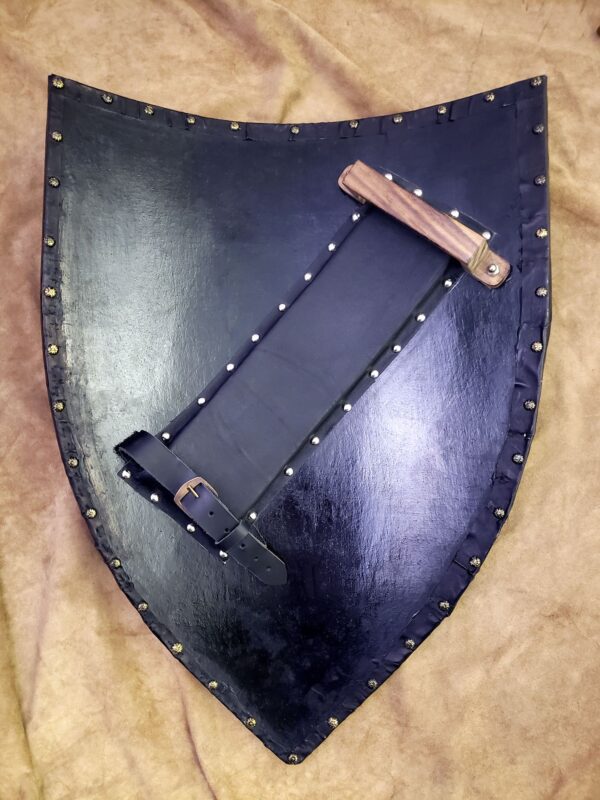
Be the first to review “1761 Medieval Crusading Knight Shield” Cancel reply
This site uses Akismet to reduce spam. Learn how your comment data is processed.



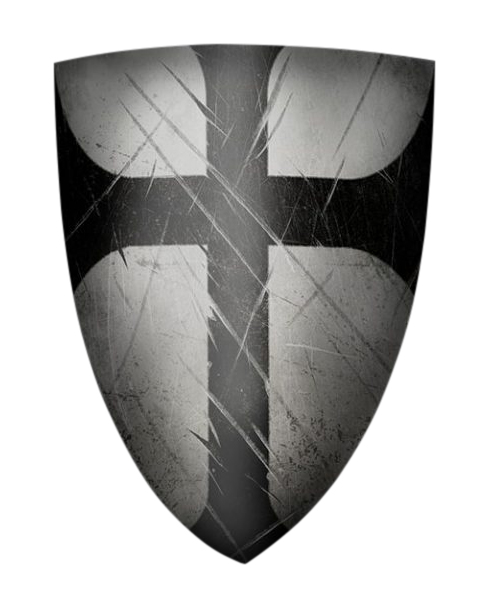
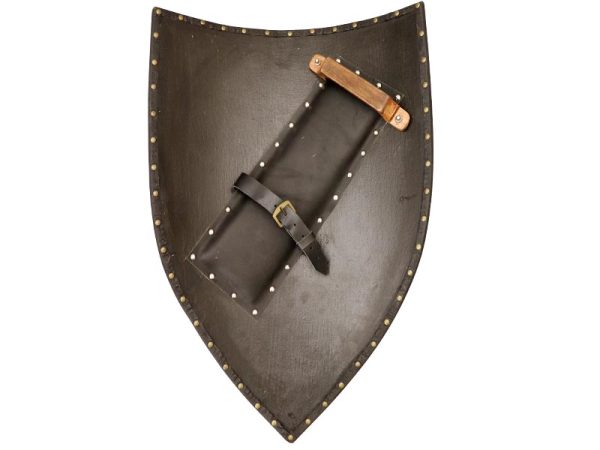
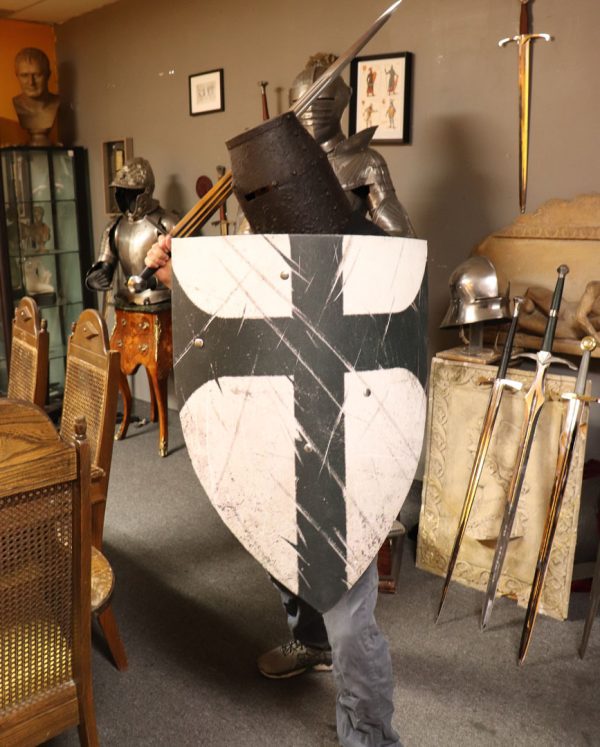
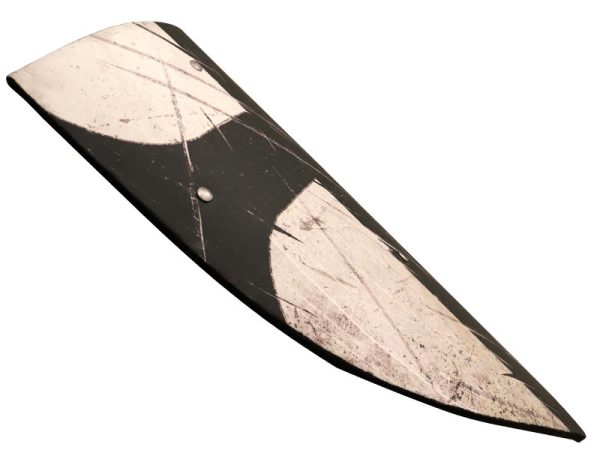
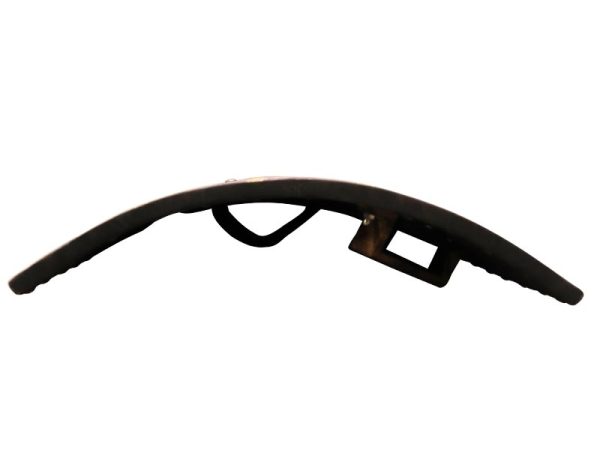
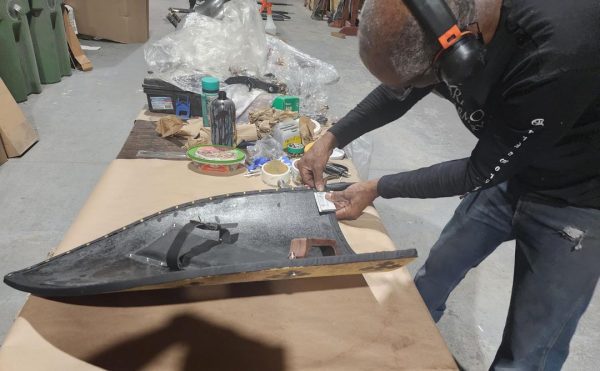


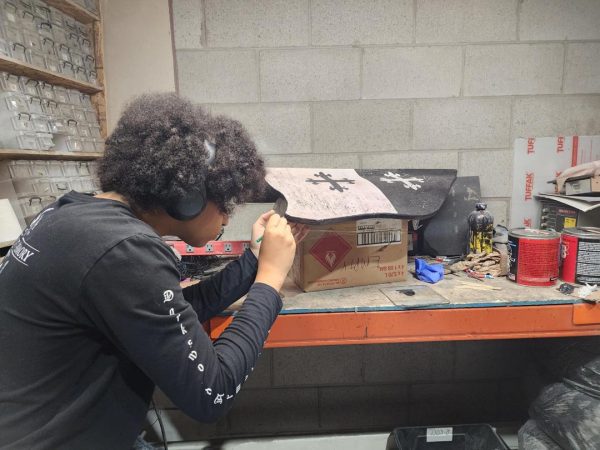
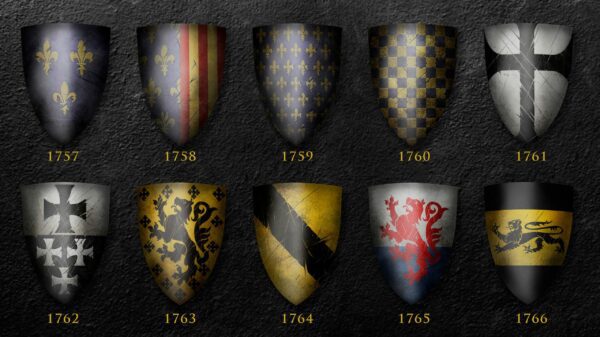
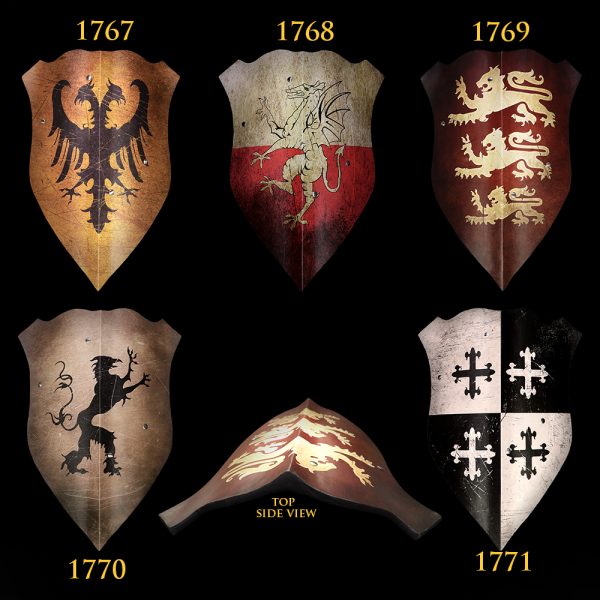
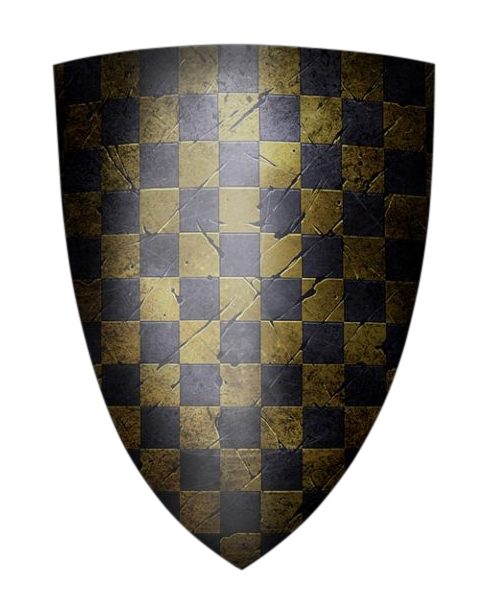
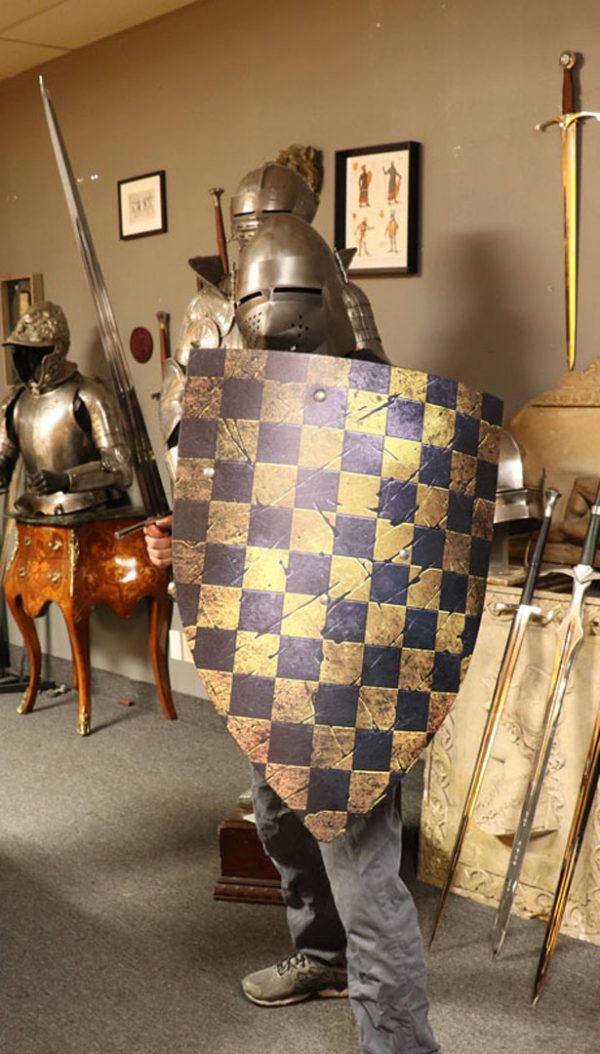
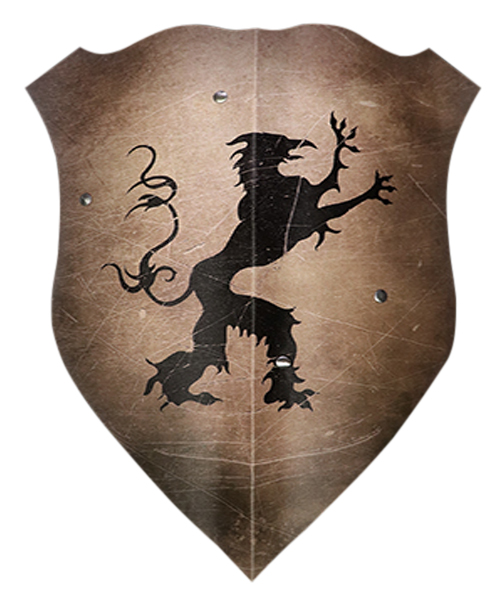
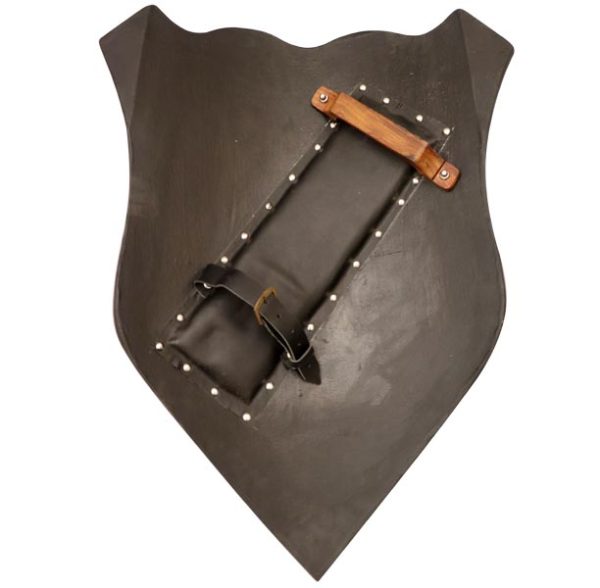
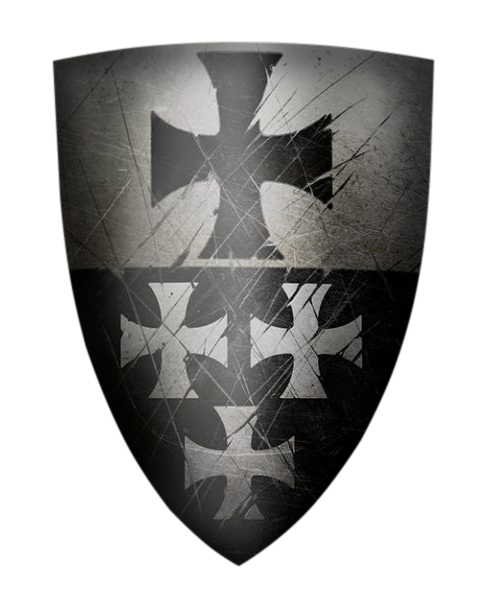
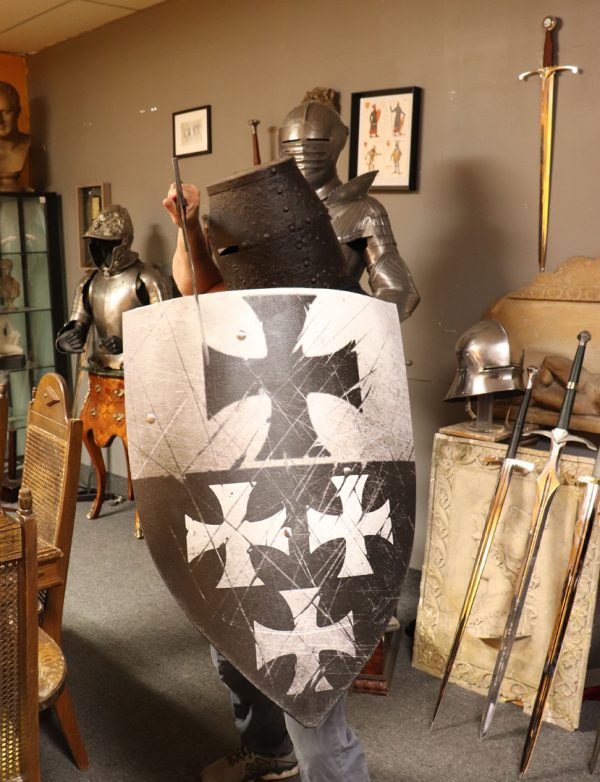
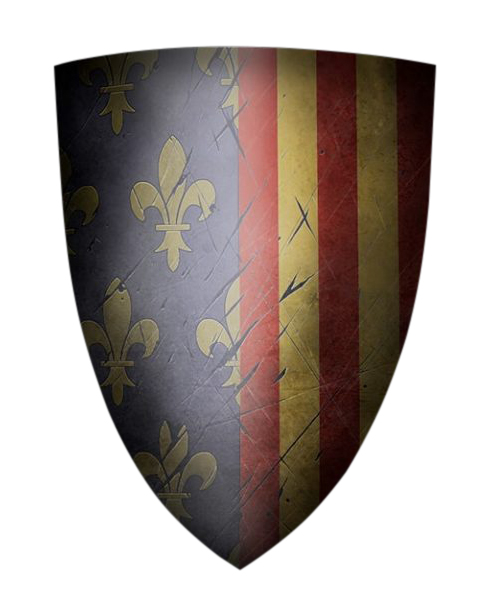
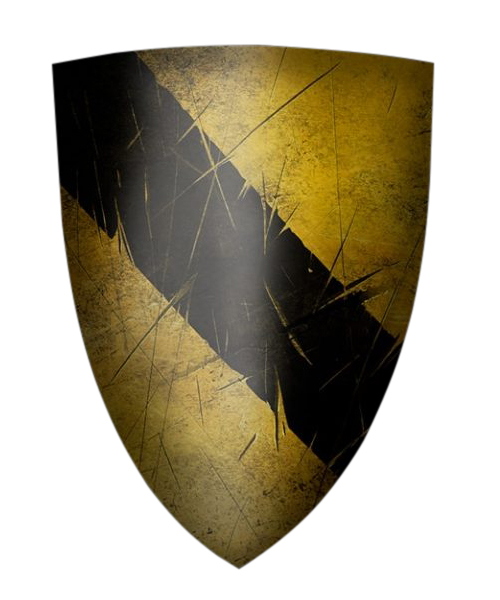
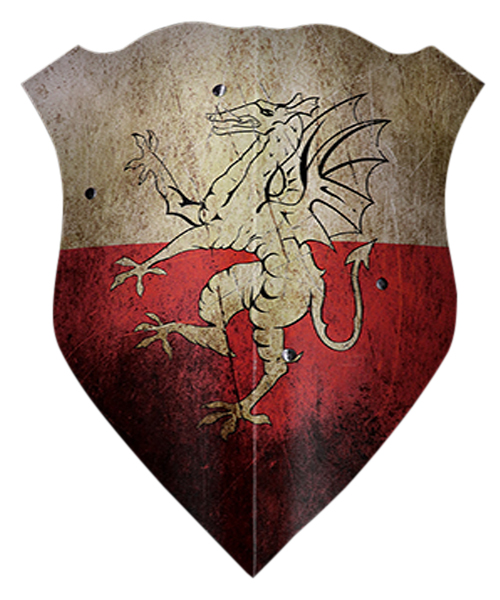
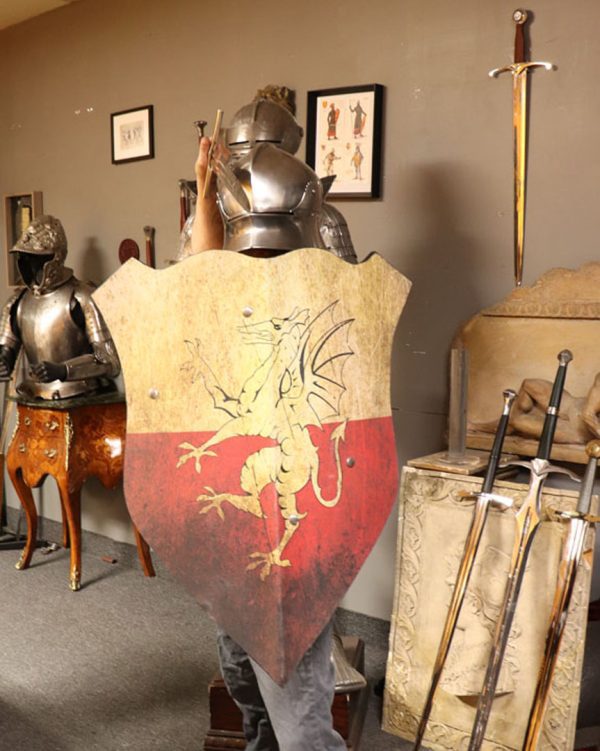
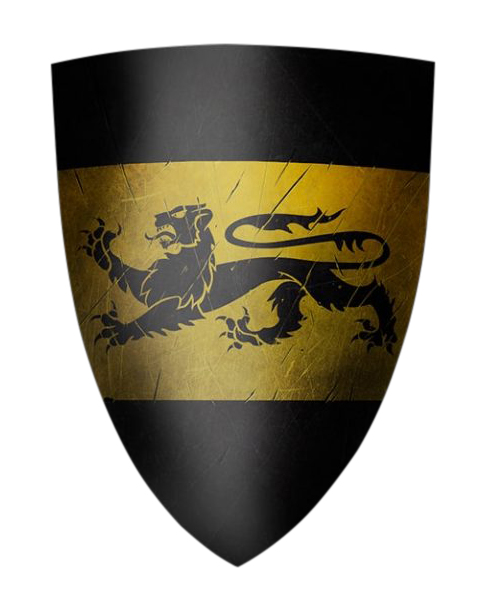
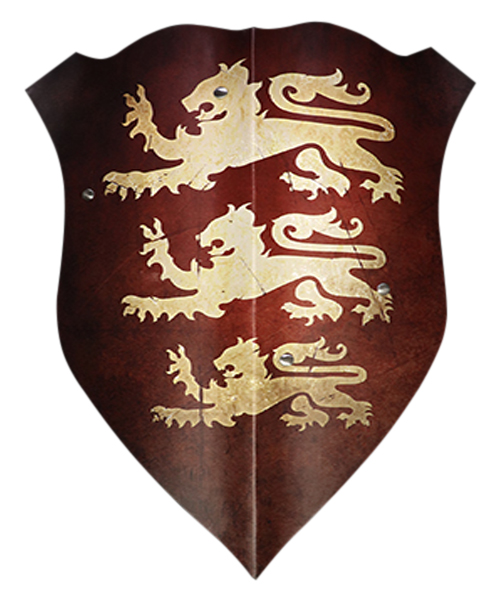
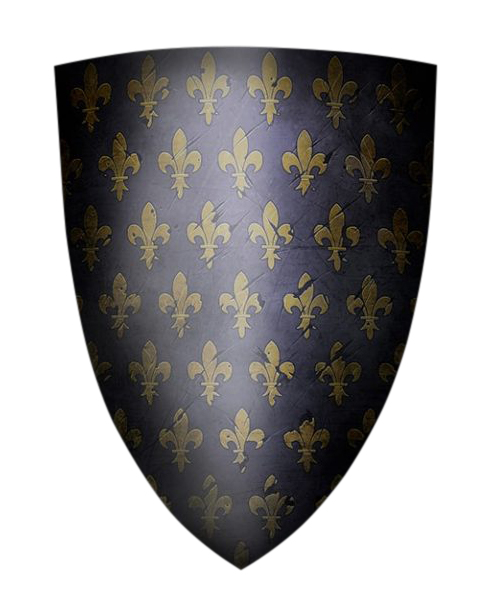
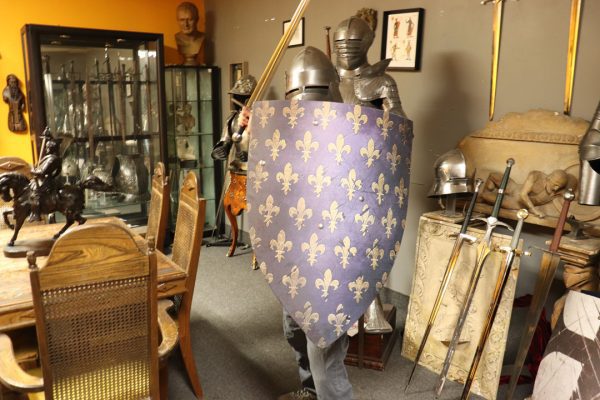
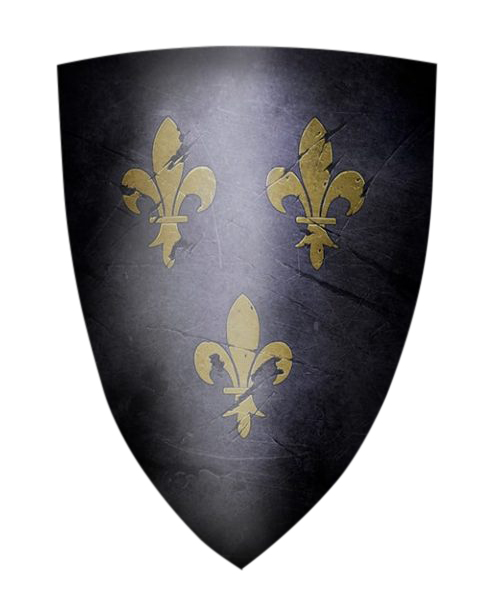
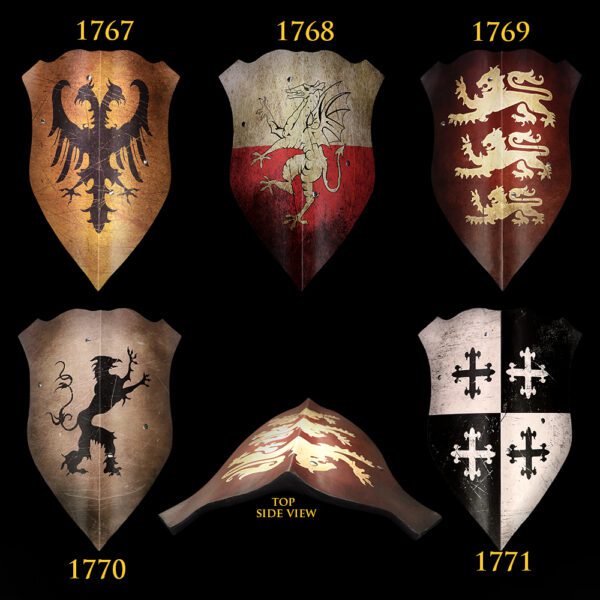
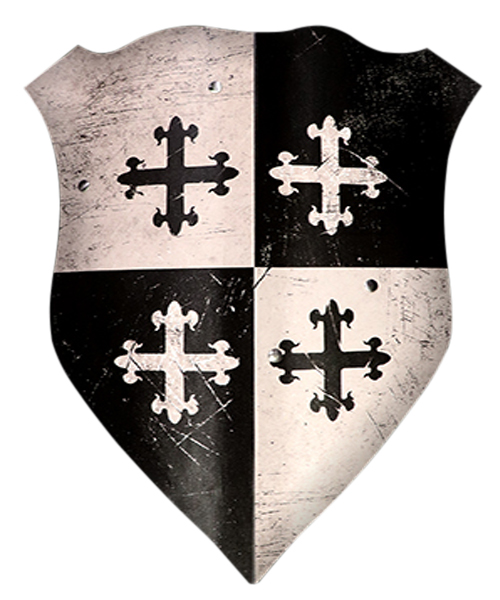
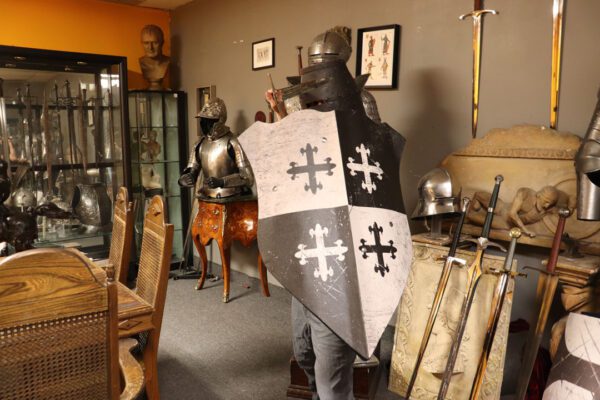
Reviews
There are no reviews yet.